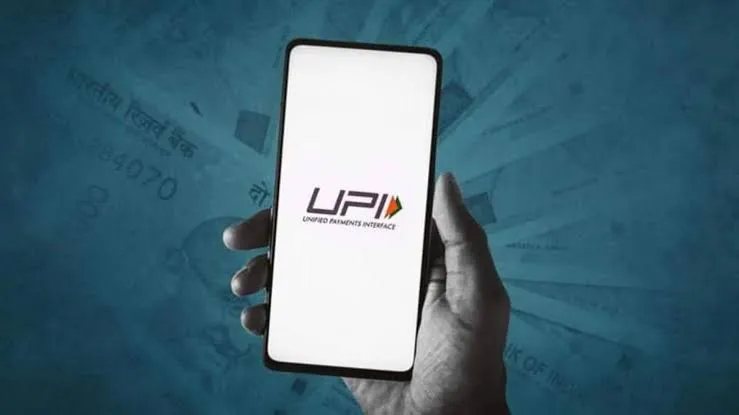As per media reports, the Central government is considering to levy merchant discount rate on large-ticket Unified Payments Interface (UPI) transactions. MDR may be imposed on Transactions worth Rs 3,000 and above.
Moreover, the government is likely to permit lenders to levy MDR on the transaction value, instead of merchant turnover, the report said. As of now, the small-ticket transactions are likely to remain out of MDR’s purview.
Earlier, this year the Payment Council of India had urged Prime Minister Narendra Modi-led government to reconsider Zero MDR policy for UPI transactions.
Earlier, there were reports that the digital payments platform will soon overtake global payments giant Visa’s daily transaction volume, making it the largest retail interbank payment settlement platform in the world.
What is MDR (Merchant Discount Rate)?
MDR (Merchant Discount Rate) is a small fee charged to merchants by banks and payment companies (like Paytm, PhonePe, Google Pay) for accepting digital payments.
How It Works:
When a customer pays through UPI, debit card, or credit card:
- The full amount does not go to the shopkeeper.
- A small percentage is cut as MDR.
- This amount is shared by the bank, app, and NPCI (for UPI).
Example:
If you pay ₹3,000 and MDR is 0.5%:
- ₹15 is taken as MDR
- Merchant gets ₹2,985
MDR on UPI Now:
Right now, there is no MDR on UPI payments for most users. The government pays for it to promote digital payments.
What May Change:
The government may start charging MDR on UPI payments above ₹3,000, according to news reports. This will help banks and apps cover their costs.
| Term | Meaning |
|---|---|
| MDR | Fee charged to merchants on digital payments |
| Who pays? | Merchant (shopkeeper) |
| Who gets it? | Bank, UPI app, NPCI |
| New Rule (Proposed) | MDR may be applied on UPI payments above ₹3,000 |
